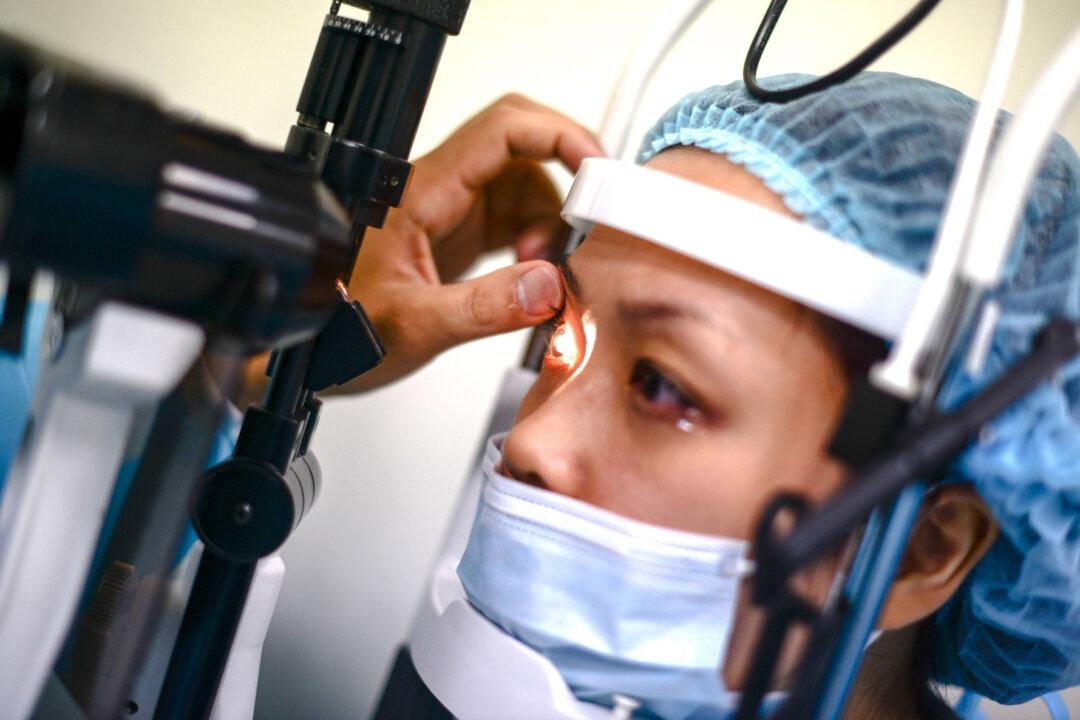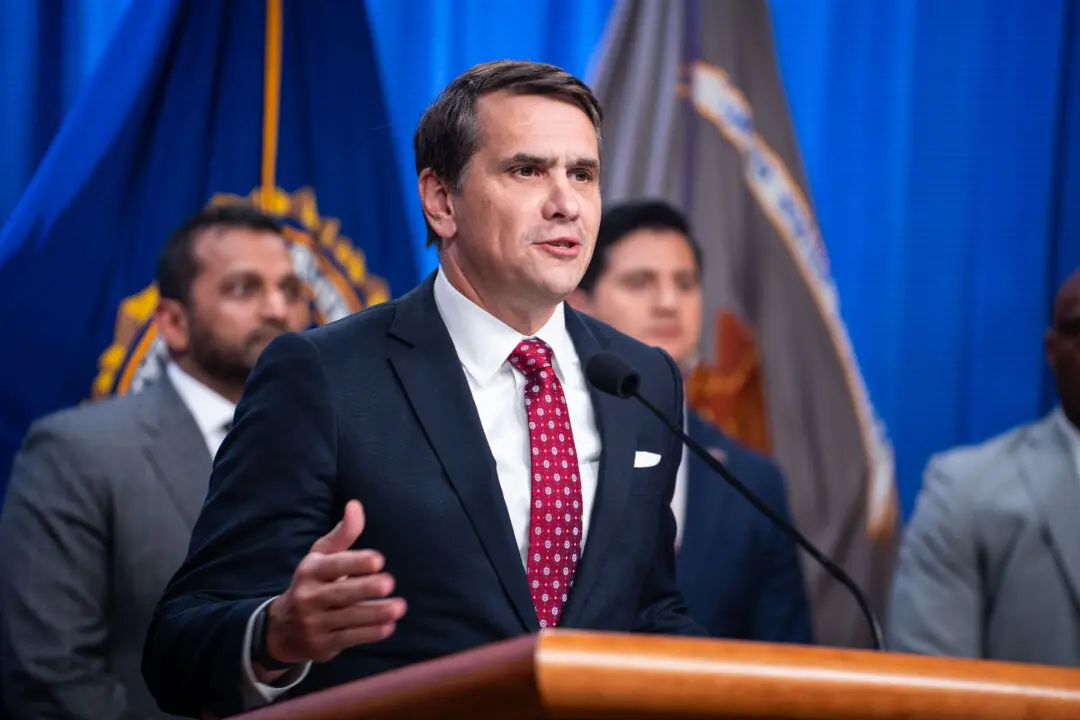A recently published government-backed study found that contact lenses can be used to have a lasting effect in slowing down nearsightedness in younger people.
In a National Institutes of Health-funded study released on Jan. 16, researchers discovered that children who wore contact lenses specifically designed to curb nearsightedness, or myopia, saw treatment benefits long after they stopped wearing them when they became older adolescents.





